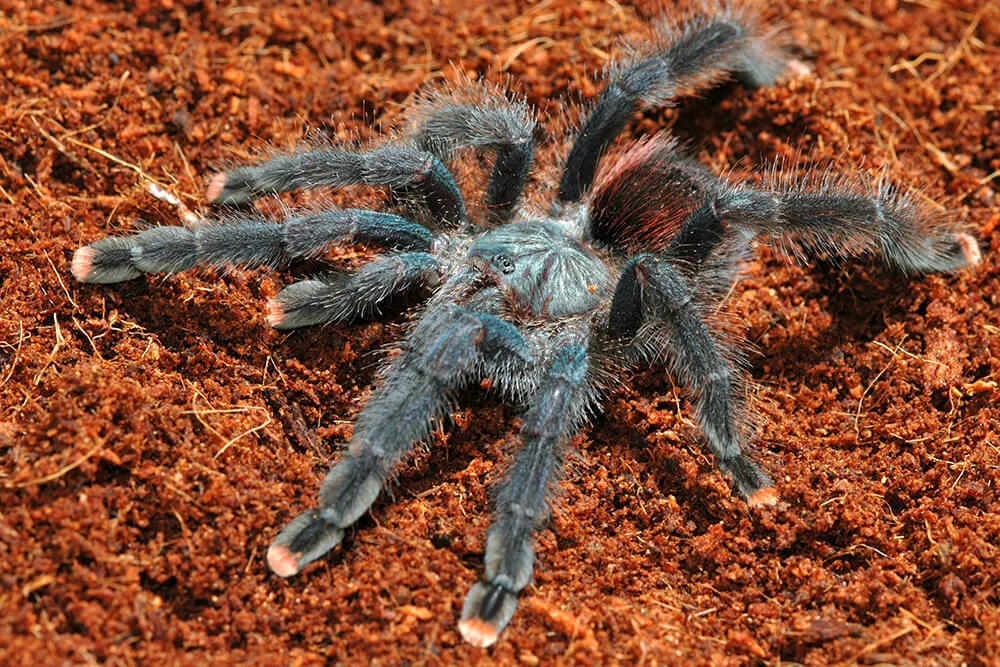Essential Tarantula Care Tips
Caring for a tarantula can be a rewarding experience, offering a unique glimpse into the world of arachnids. These fascinating creatures, with their striking appearance and intriguing behaviors, require specific care to thrive in captivity. Successful tarantula ownership involves understanding their needs, creating a suitable environment, and providing proper care. This guide outlines five essential tips to ensure your tarantula lives a long, healthy, and fulfilling life. By following these guidelines, you’ll be well on your way to becoming a responsible and knowledgeable tarantula keeper. Remember, patience and observation are key to understanding your spider’s needs and providing the best possible care. This will ensure that you and your tarantula will have a strong bond.
Choosing the Right Tarantula Species
Selecting the right tarantula species is the first crucial step in successful tarantula care. Different species have varying temperaments, sizes, and care requirements. Researching these factors before acquiring a tarantula will help you choose a spider that aligns with your experience level and lifestyle. Consider the tarantula’s adult size, as this will determine the necessary enclosure size and the amount of space it will need. Additionally, think about the species’ temperament; some are docile and handleable, while others are defensive and best left undisturbed. Careful consideration will set you up for success.
Consider Size and Temperament

When choosing a tarantula, size and temperament are key factors. Consider the space you have available, as larger tarantula species will require larger enclosures. Research the temperament of different species; some, like the Chilean Rose Hair, are known for being relatively docile, while others, like the Cobalt Blue, are more defensive and best observed from a distance. If you’re new to tarantula keeping, starting with a less defensive species is recommended. This will allow you to gain experience and confidence in handling and caring for your pet. Remember, every tarantula has its own personality, and individual behavior can vary even within the same species.
Research the Species’ Needs
Before acquiring a tarantula, thorough research is essential. Each species has unique requirements regarding temperature, humidity, substrate, and feeding. Research the specific needs of the species you are considering to ensure you can provide the appropriate environment and care. Some species thrive in humid environments, while others prefer drier conditions. Understanding these differences will help you create an optimal habitat for your tarantula. Additionally, researching the species’ natural habitat can provide insights into its preferred temperature, humidity, and behavior. This information is crucial for replicating its natural environment and promoting its well-being.
Setting Up the Ideal Tarantula Habitat
Creating a suitable habitat is paramount to the well-being of your tarantula. The enclosure should mimic the spider’s natural environment, providing the necessary elements for its survival. This includes proper ventilation, appropriate substrate, and the ability to maintain the correct temperature and humidity levels. A well-designed habitat will not only make your tarantula feel secure, but also allow you to observe its behavior and ensure its health. Invest time in creating a habitat that meets your tarantula’s specific needs and allows it to thrive. This will also make it more of a pleasure for you.
Choosing the Right Enclosure
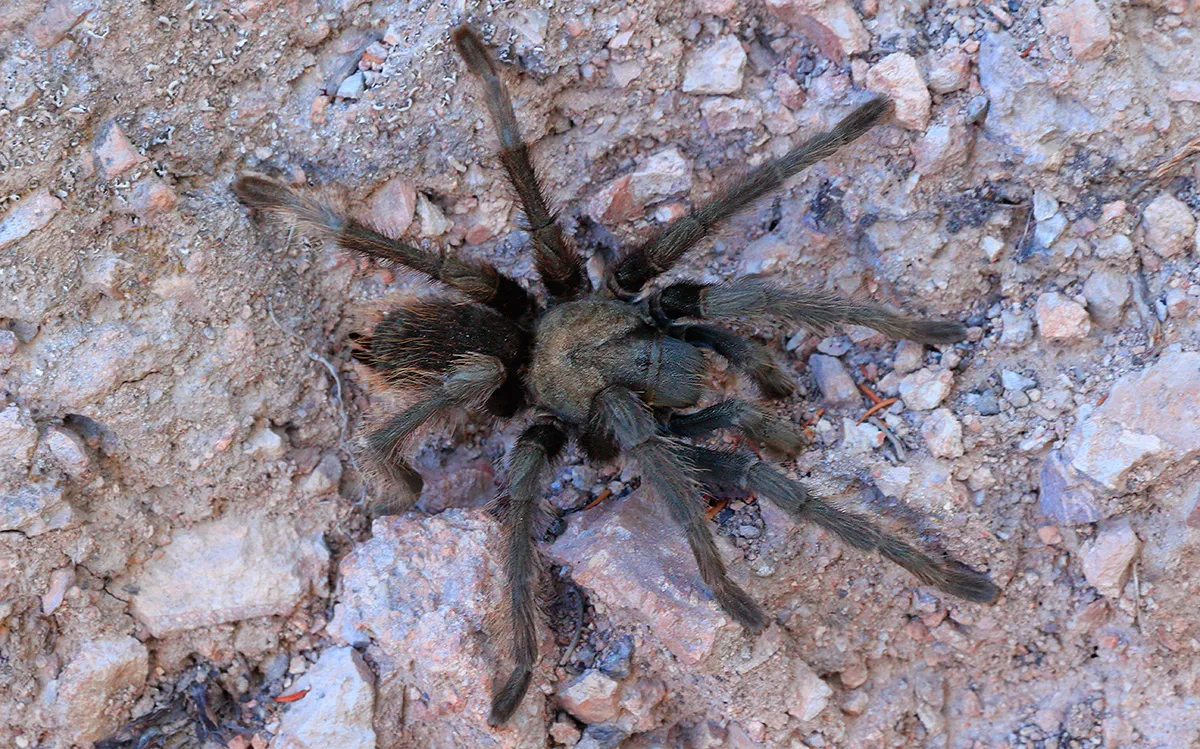
The enclosure should be appropriately sized for the adult tarantula, allowing ample space for movement and burrowing. Glass or acrylic terrariums are common choices, providing clear visibility and easy maintenance. Ensure the enclosure has a secure lid to prevent escape and adequate ventilation to maintain air quality and prevent mold growth. The enclosure’s size should be based on the tarantula’s leg span; generally, the enclosure should be at least three times the spider’s leg span in width and length. The height will depend on whether the species is terrestrial, arboreal (tree-dwelling), or fossorial (burrowing).
Substrate Selection
The substrate provides a comfortable surface for the tarantula and helps maintain humidity levels. The appropriate substrate depends on the species; for example, terrestrial species often do well with a substrate of peat moss, coconut fiber, or a mix of both. Arboreal species may benefit from a substrate that allows them to climb, such as cork bark or live plants. Avoid using substrates that can be harmful to the tarantula, such as gravel or sand. The substrate should be deep enough to allow the tarantula to burrow, if the species is a burrowing type. Regularly check the substrate for cleanliness and replace it as needed to prevent mold growth.
Temperature and Humidity Control
Maintaining the correct temperature and humidity is crucial for your tarantula’s health. The ideal temperature range varies depending on the species, so research the specific requirements of your tarantula. Use a thermometer to monitor the temperature within the enclosure. You may need a heat source, such as a heat mat or a ceramic heat emitter, to maintain the appropriate temperature. Humidity levels are equally important; use a hygrometer to measure the humidity. Increase humidity by misting the enclosure with water or providing a water dish. Ensure the enclosure has good ventilation to prevent excessive moisture build-up, which can lead to mold and health issues.
Proper Feeding and Hydration
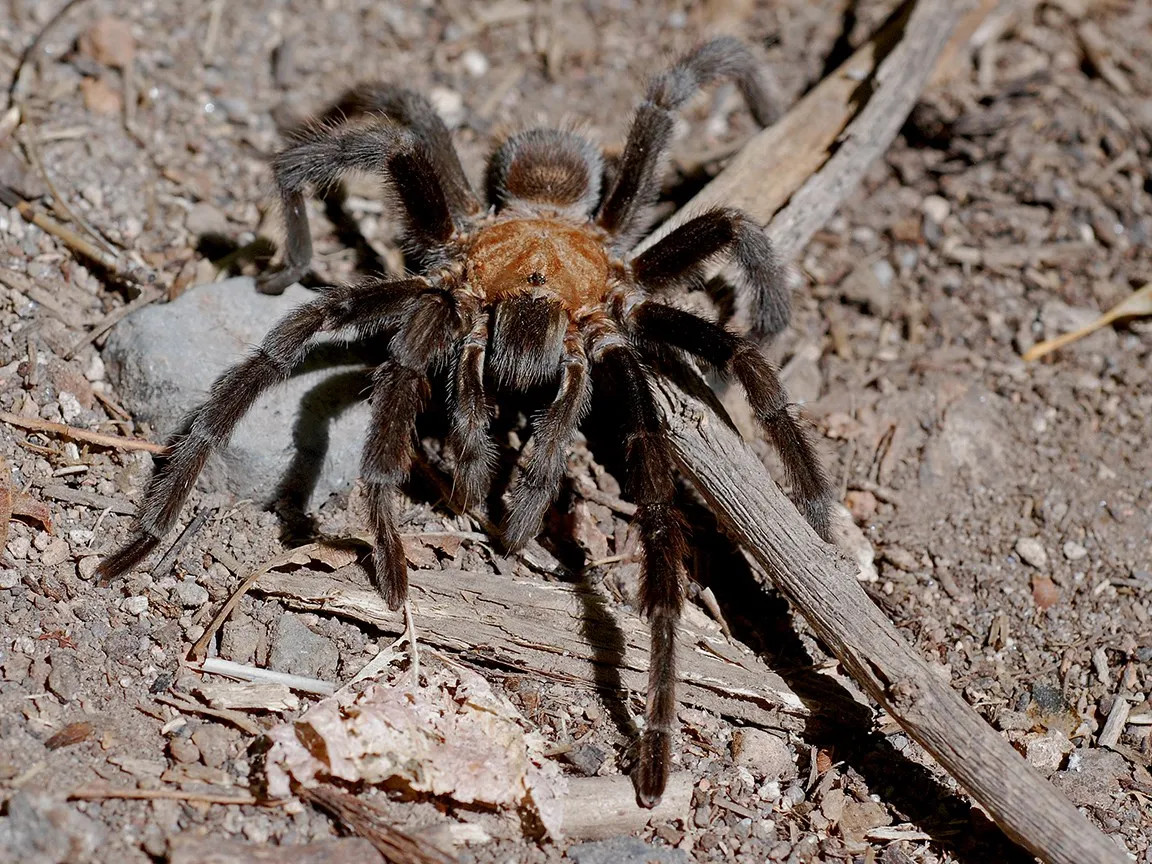
Feeding and hydration are vital aspects of tarantula care. Tarantulas are carnivorous and require a diet of live insects. The size and frequency of feeding depend on the tarantula’s age, size, and species. Always ensure that your tarantula has access to fresh, clean water. Regularly monitor your tarantula’s feeding habits and overall condition to ensure it is receiving adequate nutrition. Providing a balanced diet and proper hydration will contribute to the tarantula’s health and longevity. The tarantula’s health is directly affected by its diet, so take care.
Feeding Frequency and Prey Selection
The feeding frequency for your tarantula depends on its age and metabolism. Young tarantulas typically need to be fed more often than adults. As a general guideline, spiderlings can be fed every few days, while adults can be fed once or twice a week. The size of the prey should be appropriate for the tarantula’s size; the prey should generally be no larger than the tarantula’s abdomen. Commonly used prey items include crickets, mealworms, dubia roaches, and superworms. It is important to provide a varied diet to ensure your tarantula receives the necessary nutrients. Always remove uneaten prey within 24 hours to prevent them from stressing the tarantula.
Providing Fresh Water
Providing a constant source of fresh water is essential for your tarantula’s hydration. Use a shallow water dish that is easy for the tarantula to access and prevents drowning. The water dish should be cleaned and refilled regularly, typically once or twice a week, to prevent bacterial growth. For smaller tarantulas, a water dish with a cotton ball or sponge can be used to prevent the spider from drowning. In addition to the water dish, misting the enclosure with water can help maintain humidity and provide an alternative source of hydration. Always use dechlorinated water to avoid harming your tarantula. Dechlorinated water is better for the tarantula.
Handling and Interaction
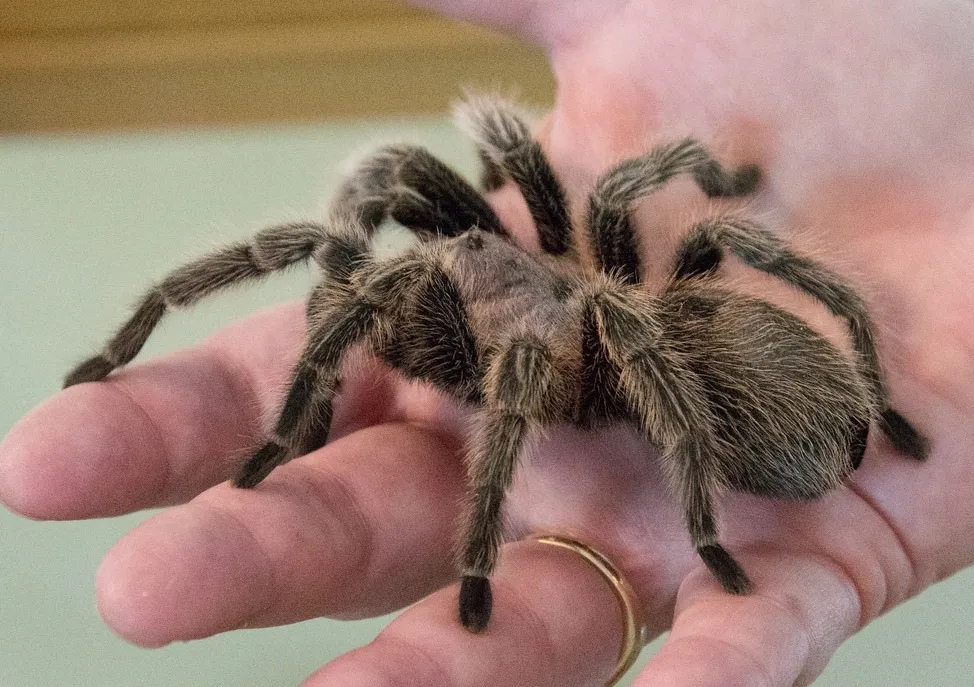
Handling a tarantula should be approached with caution and respect. Not all tarantula species are suitable for handling. Before attempting to handle your tarantula, research its temperament and behavior. Avoid handling if the tarantula appears stressed or defensive. Handling, if undertaken, should be kept to a minimum, as it can stress the spider. When handling, do so close to the ground or a soft surface to minimize the risk of injury if the tarantula falls. Always wash your hands before and after handling. It’s important to remember that tarantulas are not cuddly pets, and their well-being should always be prioritized over human interaction.
Safe Handling Practices
If you choose to handle your tarantula, safety should be your top priority. Move slowly and deliberately, and avoid making sudden movements that could startle the spider. Always support the tarantula’s body, and avoid gripping it tightly. Allow the spider to walk onto your hand, rather than trying to pick it up. If the tarantula displays defensive behaviors, such as raising its front legs or flicking hairs, it’s best to leave it alone. After handling, wash your hands thoroughly to remove any potential irritants. Remember, even docile species can bite if they feel threatened, so handle with care and respect.
Understanding Tarantula Behavior
Understanding your tarantula’s behavior is crucial for its care. Learn to recognize signs of stress, such as skittishness, defensive postures, or refusal to eat. Observe your tarantula’s molting process, as this is a vulnerable time. During molting, the tarantula will shed its exoskeleton. Do not disturb it during this process. Understanding the spider’s behavior will allow you to provide a stress-free and enriching environment. Take note of the spider’s habits. Is the spider usually hiding, is it moving around a lot, or is it always in the same place? Note all of this to better understand the tarantula’s life.
Health and Maintenance
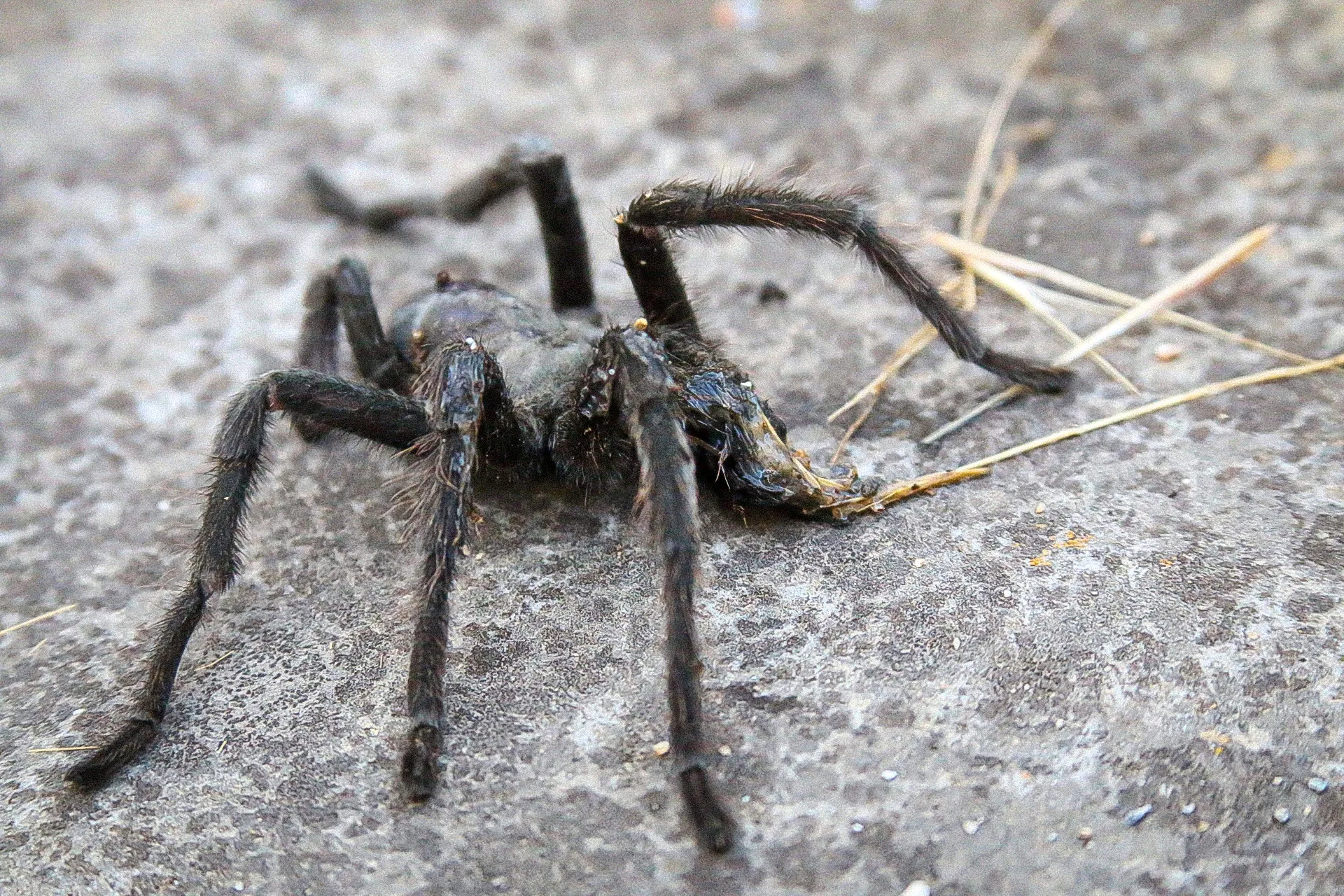
Regular health checks and habitat maintenance are essential for keeping your tarantula healthy and thriving. This includes monitoring its eating habits, behavior, and physical condition. Regular cleaning of the enclosure helps prevent the buildup of waste and the growth of harmful bacteria. Addressing any health issues promptly is crucial for the tarantula’s well-being. By being attentive to these aspects of care, you can ensure your tarantula’s long and happy life. Regular maintenance is a must.
Identifying Common Health Issues
Be vigilant in monitoring your tarantula for signs of illness. Common health issues include parasites, fungal infections, and injuries. Signs of illness include loss of appetite, lethargy, unusual behavior, or physical abnormalities. If you suspect your tarantula is ill, consult with a veterinarian experienced in exotic animals or a tarantula expert for advice. Prompt treatment can often prevent the condition from worsening and improve the chances of recovery. Prevention is key, so take preventative measures.
Regular Tank Maintenance
Regular cleaning and maintenance of the tarantula’s enclosure are crucial for maintaining a healthy environment. Remove uneaten food, dead prey, and waste regularly. Spot clean the substrate as needed. Depending on the substrate type and the species’ needs, consider replacing the entire substrate every few months. Ensure the enclosure is free of mold and pests. Regular maintenance will help prevent diseases and keep the environment clean and safe for your tarantula. Tank maintenance will increase the lifespan of your tarantula.
In conclusion, caring for a tarantula involves a commitment to understanding its needs, creating a suitable environment, and providing proper care. By following these five essential tips, you can ensure that your tarantula lives a long, healthy, and fulfilling life. Remember to research the specific needs of your species, provide a clean and well-maintained habitat, and always handle your tarantula with care and respect. Your effort will be rewarded with the unique experience of keeping these fascinating creatures. With the right knowledge and dedication, you can enjoy the company of these amazing arachnids.
